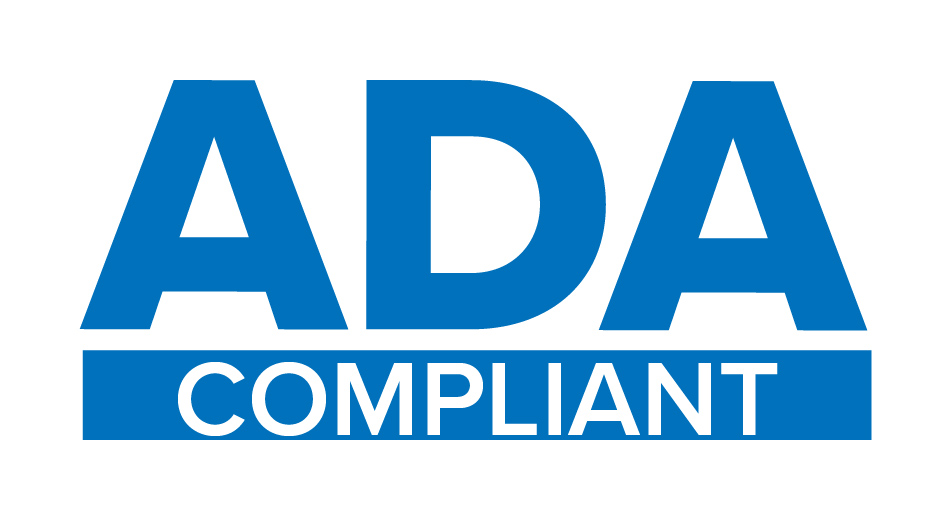OKLAHOMA CITY – With the convening of a special session by Governor Stitt, lawmakers were brought back to the State Capitol on Monday, January 29, a week prior to the start of the Second Session of the 59th Oklahoma Legislature.
The purpose of this early gathering was to review a quarter percent income tax cut for Oklahomans. Senate leadership
proclaimed this was not the appropriate time to discuss this topic as the regular session begins in only a week and final numbers had not been issued by the State Board of Equalization.
For those not familiar with this group, they tell lawmakers how much money they can spend on the services the Oklahoma state government provides. The State Board of Equalization was established in 1907 when the Oklahoma Constitution was ratified.
Under Article X, the Board was originally composed of seven elected officials. Following an amendment in 1975, the Board now consists of six elected officials and one appointed official, including those Oklahomans currently elected to the offices of governor and lieutenant governor, the state auditor and inspector, state treasurer, attorney general, and the state superintendent of public instruction. The appointed secretary of agriculture is also a member of the Board.
The Board meets only a few times a year depending upon the need to review the revenue coming into state government. On December 1 of each year, or the first working day thereafter, the Board must equalize the taxable real and personal property value of the state’s counties for the purpose of tax assessment by the county assessors, which are presented to the members by the state employees assigned to calculate this information.
This is done by determining the ratio of the aggregate assessed value of the county to the fair cash value of the county. The Board also examines the various county assessments to equalize, correct, and adjust them as between and within the counties. The Board is responsible for determining the assessment ratio for all air carrier, railroad, and public service corporation property in the state.
The Board’s most important duty relating to the legislative process is determining how much money the Legislature can appropriate for the upcoming fiscal year. The Board is responsible for providing an estimate of all revenue that will be available to the Oklahoma Legislature for the coming year fiscal year. The governor, through the Oklahoma Office of State Finance, then uses that estimate to prepare and submit the State’s annual budget recommendation to the Legislature.
The amount lawmakers can spend often changes based on action by the Legislature, such as passing a tax cut. The Board met for the initial review on December 1, 2023, and then met again on December 22. These initial numbers are the working draft which starts the process for determining state dollars which are available for allotment, and then the next meeting, usually in early to mid-February, certifies the amount for the lawmakers to use for allocation. This meeting will happen on February 15. Another meeting, prior to the beginning of the fiscal year on July 1, will occur this year on June 17.
We are optimistic for positive numbers, which will lead to legislative action in the coming months. All Oklahomans should be grateful to the state employees who work on figures considered by the Board of Equalization and the Legislature.



